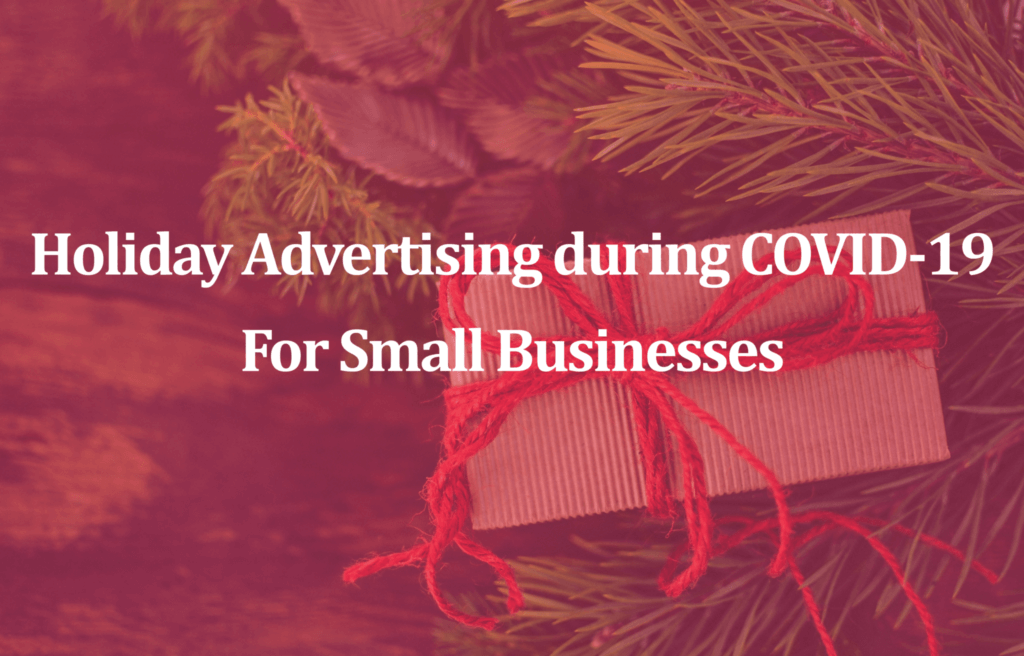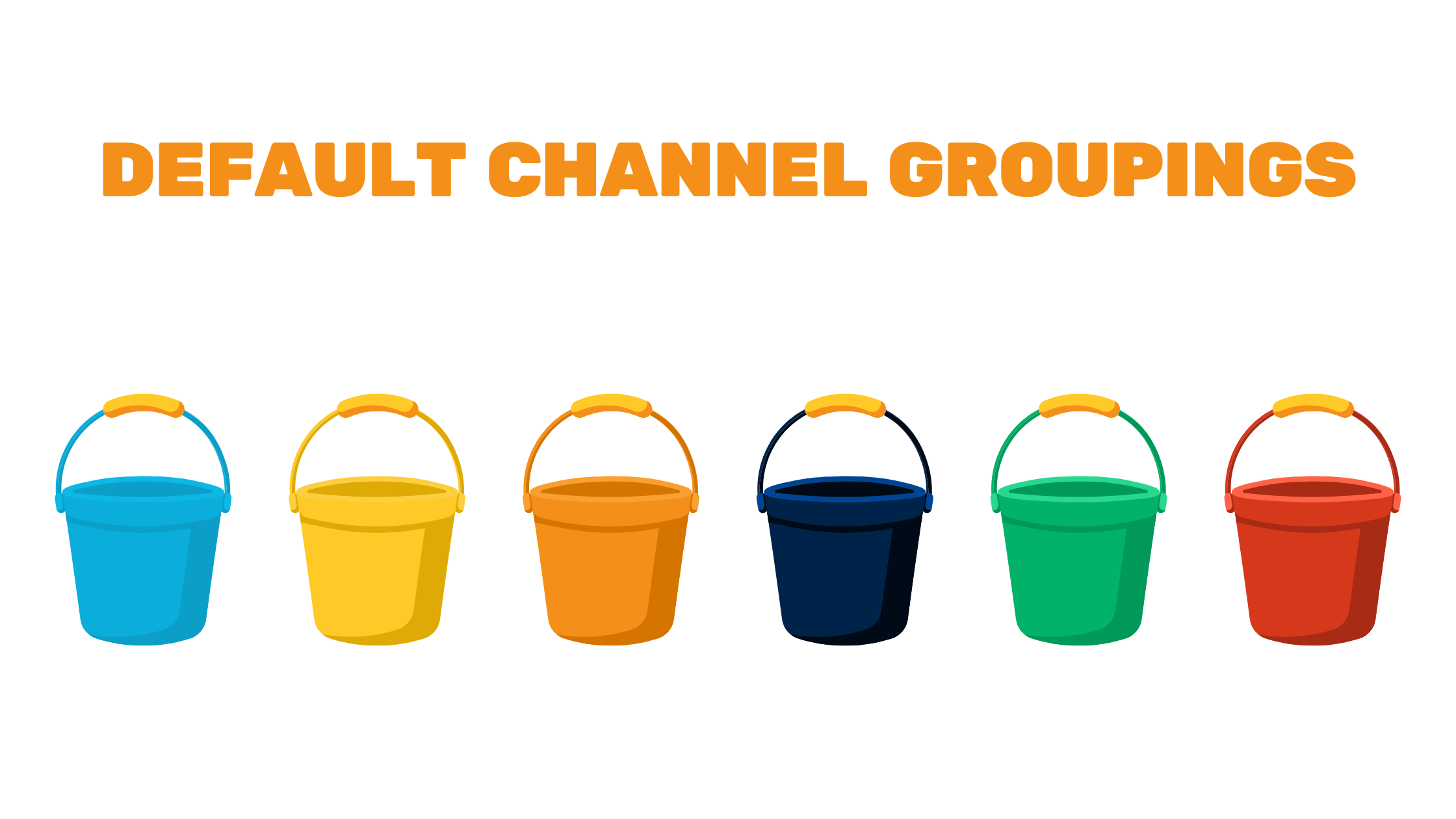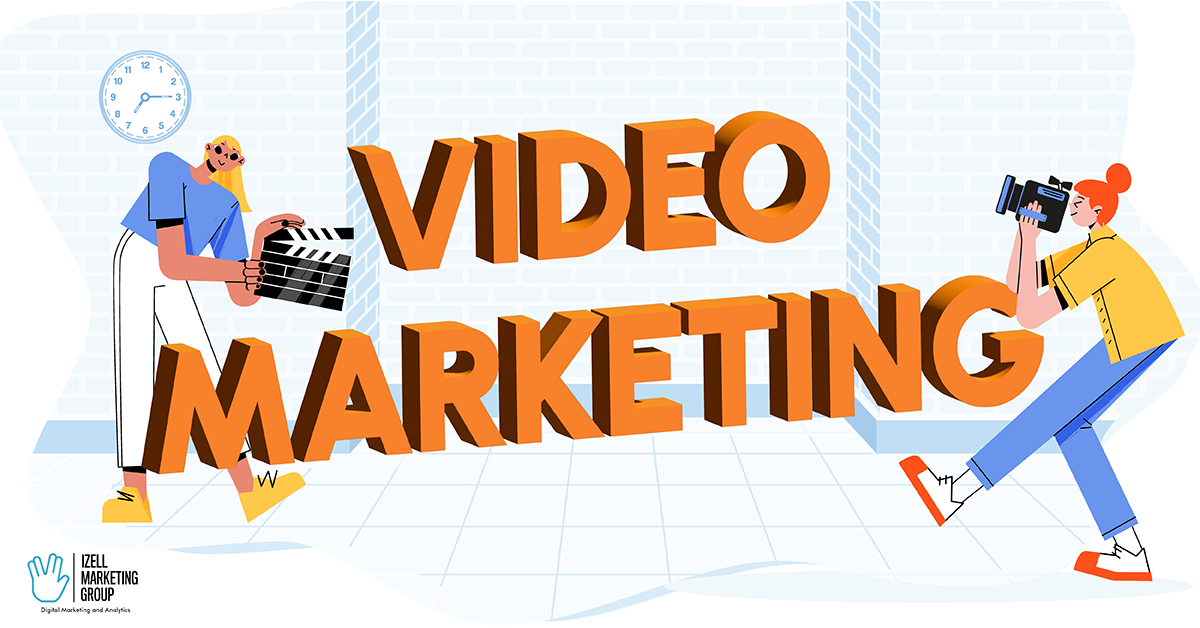Businesses of all sizes are relying on online sales this holiday season. Fewer people are flocking to the stores and are instead opting for a safer option from the comforts of home.
This year, Black Friday also started earlier, and the discounts have flooded our inboxes ever since. Small businesses have been struggling to stay afloat since March due to the pandemic. They are relying on holiday sales to help keep them in business, but how do they compete with the Amazons and Targets of the world?
We’ve compiled a list of recommendations to help small businesses try and compete in the online space, no matter the budget or product list.
Define your most qualified target audience
One of the biggest things we recommend for advertising online is to first define your audience. Who are they? Where do they exist? How do you reach are your customers that don’t require as much money to advertise to?
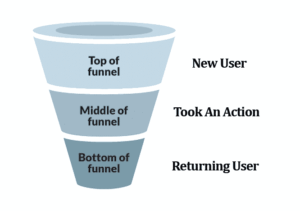
Almost as important as finding your audience is making sure you reengage with them. This can be based on the actions they take, where they are located, and/or their purchase activity. In any advertising campaign, it’s important to understand your customers journey.
Top of Funnel: These are the newbies and where you need to first build brand awareness. The most important thing to note is although they may not be ready to purchase, your main goal is to get them to take some sort of action. This can be visiting your website, signing up for your blog, etc.
Middle Funnel: Hello, potential customers that have taken an action. They may not necessarily have made a purchase, but they have taken a step towards a transaction.
Bottom Funnel: These are your returning users, past purchasers, and most qualified audience.
Recommendation: When it comes to advertising during the holidays, we recommend starting with your bottom funnel users. They are typically the most likely to purchase, plus advertising to them is cheaper. Once this group has been defined, you can work your way up the funnel to determine what other audiences may be beneficial for your holiday marketing strategy.
Develop your strategy by platform
Once you have your most qualified audience defined, there are a few important questions to ask yourself before getting started building out your campaigns. Putting a strategy in place will help you set realistic goals and ensure that you have a game plan before you start spending.
- Which platforms make the most sense for your brand?
- What do people typically buy on Facebook, Google, etc? At what price point?
- How expensive are your potential clicks on one platform vs another?
- Which platforms will be the most cost effective for your budget?
Recommendation: For e-commerce companies, Facebook is a great, more cost-efficient option. You can upload your customer list, create a similar audience, and even remarket to people who have previously interacted with your Facebook ads. The conversion goal campaign is great for pushing transactions. It also helps give you a good idea of your ROAS (return on ad spend).
Create your major CTAs and differentiators
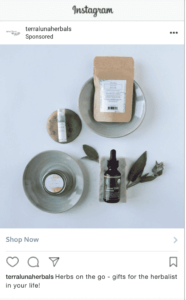
What are you trying to sell? How does that compete with other items in the space? Is it your price point/company values/commitment to supporting a cause (such as environmental sustainability) that attracts people? These are questions we ask ourselves as we build out campaigns for our clients. In order to stand out amongst your competitors and push potential customers to take an action, you need to know how to speak to them.
Recommendation: It all depends on who you are talking to. If you’re remarketing to people, are there any sales or extra incentives? For new customers, what can you highlight about your products? This can be done through long tail stories, reviews, or very well thought out headlines.
Look at your Inventory
At the end of the day, you need to make money, and ads aren’t free (unfortunately). Holiday specific products can be leftover inventory, items that require less labor, or items that are less expensive to ship. What are your price points, and which platform makes the most sense for each of them?
Recommendation: Estimate your product costs and how much you can spend to break even. While the goal with any ad campaign is to profit, sometimes it can take time to get people to purchase.
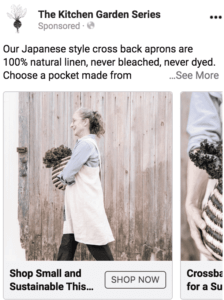
High Quality Product Images and Videos
If a customer can’t see or touch your products, it’s necessary to make sure your product images showcase them virtually. Videos are also a great way to get that in-person feeling, including angles and small details. This doesn’t necessarily mean you have to pay extra to get professional photos, but having good lighting always helps showcase a product better.
Recommendation: Set up a station somewhere in your office/home that can be used for product photos. These can be taken on your phone, but it’s important to make sure you have consistent photography across the board. It’s a great way to increase trust and help potential customers visualize your products being used.

